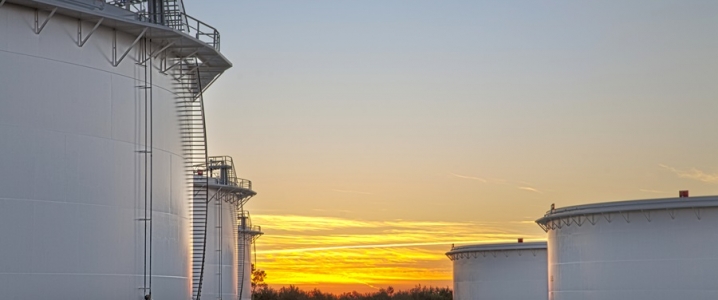
West Texas Intermediate yesterday fell to US$50 a barrel, after the Energy Information Administration reported yet another weekly inventory build with production at record highs, making the United States the biggest oil producer globally. Under other demand circumstances, this would have been cause for celebration. But with demand prospects lukewarm, traders rushed to the exit once again, reinforcing the price decline.
The EIA reported a weekly inventory build of 3.6 million barrels yesterday, the tenth in a row. Normally, this shouldn’t be a big deal. Winter is weaker demand season, so inventory increases are normal. However, ten consecutive weekly builds are making traders nervous, especially amid growing worry about an oversupply that forced OPEC to start talking about cuts again.
Speaking of OPEC and cuts, that’s another factor that has been pressuring prices in the last few days. Saudi Arabia was the first to mention cuts, but this week, Khalid al-Falih made it clear that the Kingdom won’t be the only one to cut. Nigeria, meanwhile, has signaled it may not be on board with another production cut. Libya has already asked for an exemption. Russia is taking its time making up its mind. In short, the outlook for the cuts is at the moment uncertain.
In more bad news, the EIA said refiners’ margins had slumped to a five-year low on the back of record gasoline inventories. U.S. crude oil production is mostly light crude, which is made into gasoline. The usual output of a U.S. refinery features twice as much gasoline as middle distillates. Yet growth in demand for the fuel on the domestic market has been slowing down, the EIA noted, while production has been growing: refiners can’t just store all that crude that’s coming from the shale patch and the Gulf of Mexico.
And then, of course, there is production. At 11.7 million barrels daily, U.S. production is on par with Saudi Arabia’s and ahead of Russia’s, which in October reached a post-Soviet record high of 11.4 million bpd before this month being cut by 40,000 bpd, according to Energy Minister Alexander Novak who spoke to Bloomberg.
As usual, when West Texas Intermediate falls, the question of whether the current production rate can be sustained rears its head. Goldman Sachs’ Jeffrey Currie recently told CNBC the all-in cots of producing crude in the U.S. is about US$50 a barrel, including return on capital. Basically, a lot of producers are just breaking even at US$50 per barrel of WTI based on this estimate, and they can’t stop pumping because they have debts to service.
Yet some see U.S. producers as more resilient, capable of maintaining current production rates even if WTI falls to US$40. Notable among them is the man who coined the term “shale price band”, Petromatrix’s Olivier Jacob. Jacob wrote in a recent article for the Financial Times that the band was stronger than ever, at US$40 to US$70 per barrel of WTI. If this is the case, OPEC will really need to reach an agreement on those cuts. Few OPEC economies can go through another round with $40 oil so soon after the last time.


























